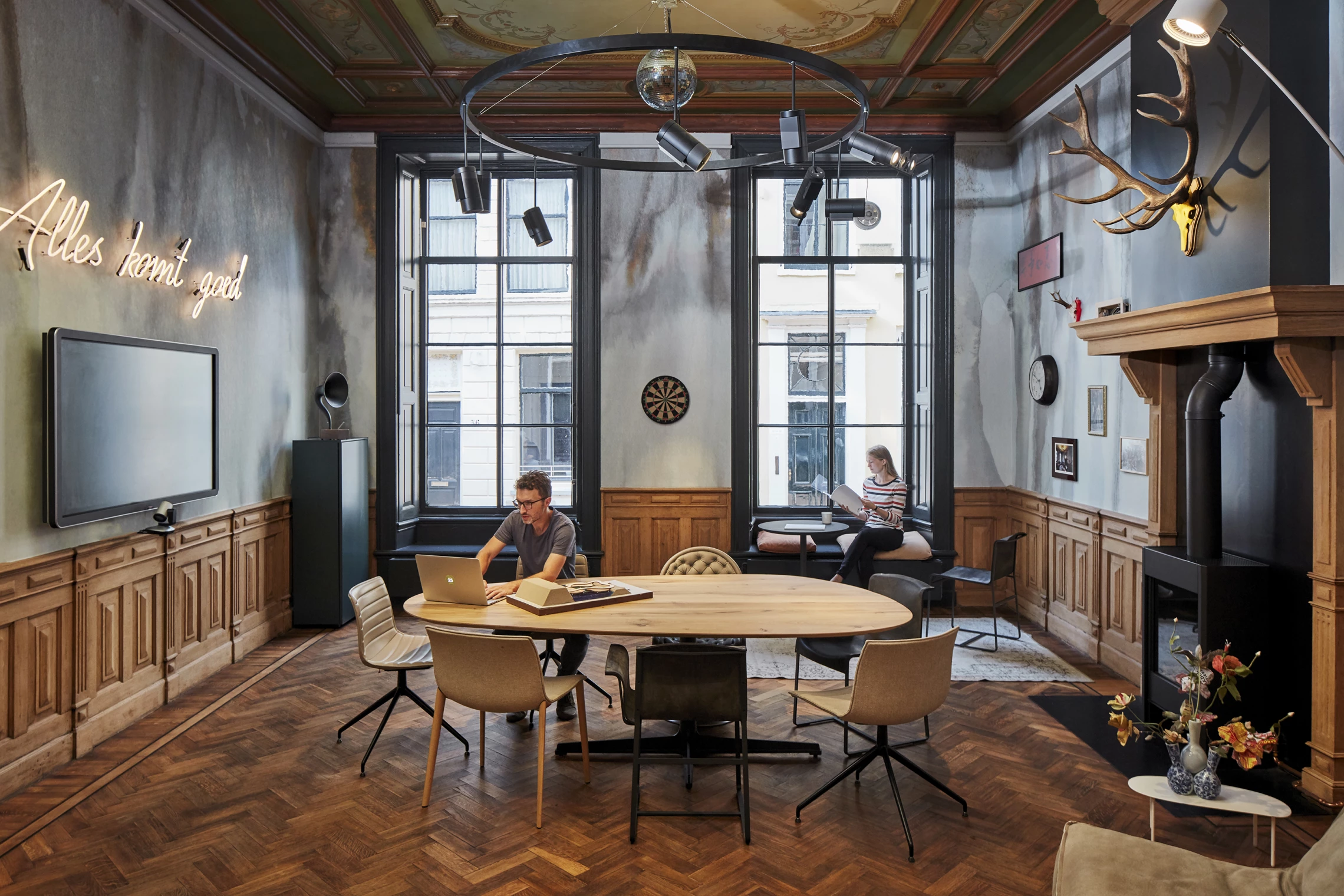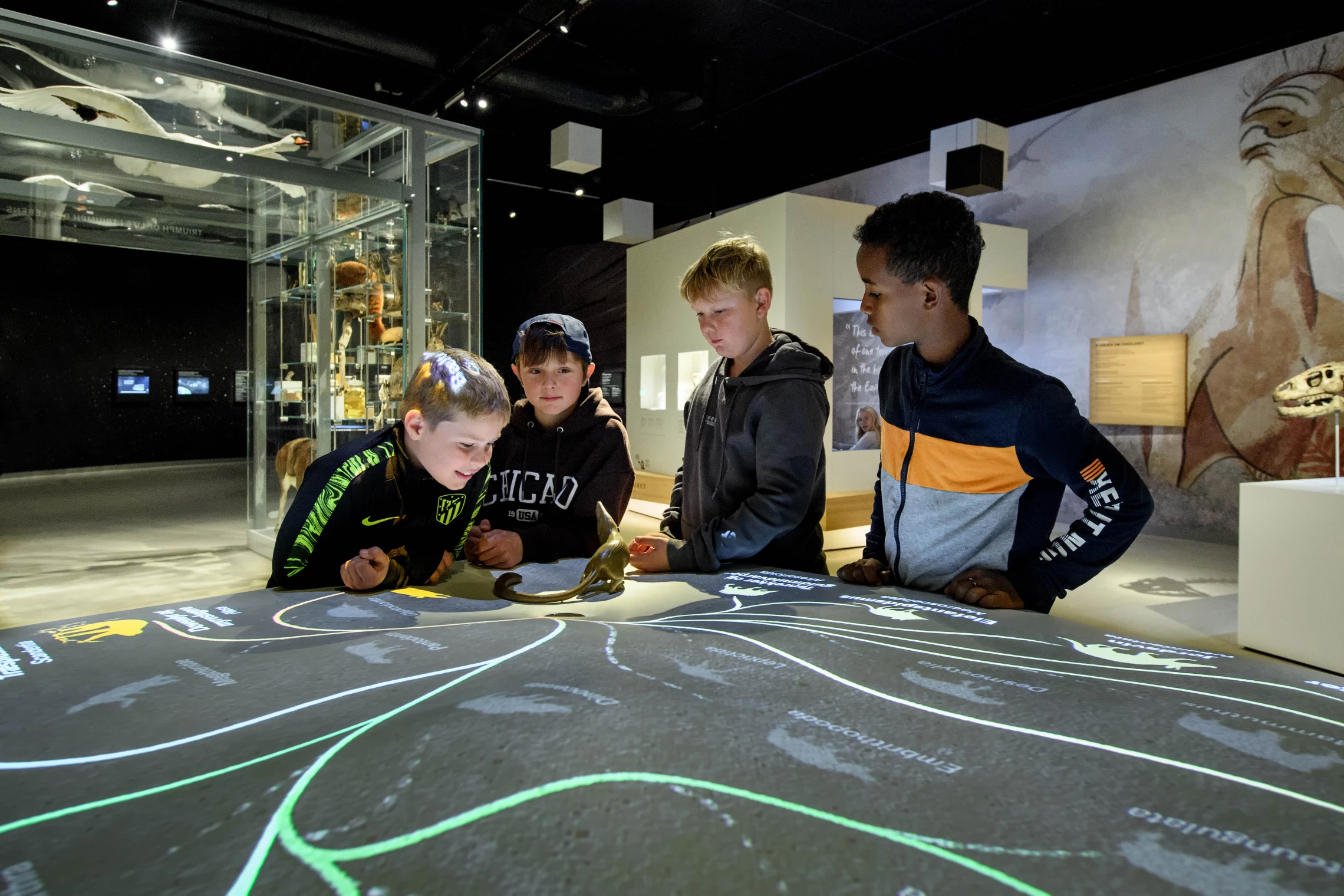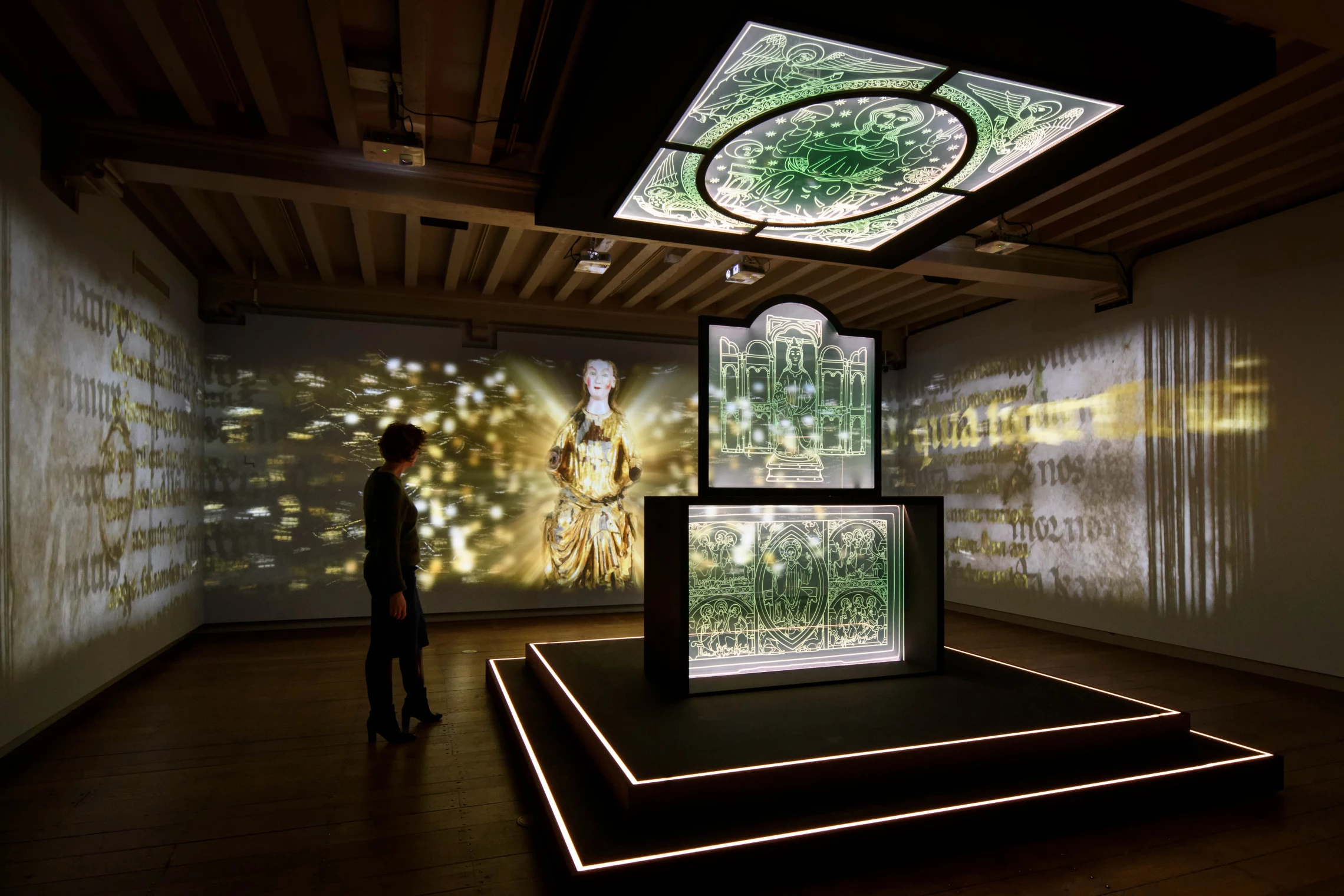we are experience designers
a sexy place for the mind
back to work! (2)
When our cultural institutions open their doors again, some things will have changed for good. The invasion of digital media into visitors’ homes forces museums and other public venues to evaluate their essential offerings. In a series of posts, I explore what may have changed and how forward-looking museums can benefit.
Today, I organized an old-fashioned group brainstorm session in my studio. A specific creative job I was working on for a client didn’t work too well in Zoom. I gathered a small group of kindred spirits and set them around a table. That’s barely a legal act under COVID restrictions, but what a delight it was! Hearing voices. Thinking out loud. Being able to walk and talk. Taking time to laugh, make silly sidesteps and then focused again. For me, it was the best day of the week, and my conversation partners felt the same: an uplifting experience with a great result to top it off.
What was it exactly that made the real meeting more productive than its digital counterpart? Clearly, the creative process that wouldn’t flourish in a video meeting, blossomed once we moved into an actual room. That’s interesting because all the words we spoke and the images we shared could also have been shared digitally. So, what is the difference from a communications point of view?


The third dimension. My understanding as an experience designer would be this: ideas have their own dimensionality. They are spatial entities, with form, size and position. On top of that, they have owners. In a real brainstorm, the ideas are tossed up by the people in the room (sometimes the people are even tossed up by the ideas). Having the ideas and their owners in the room makes it easy to understand the topography of the discussion, so to say.
Ideas have their own dimensionality. They are spatial entities, with form, size and position. On top of that, they have owners.
This insight is helpful for museum workers. It explains why creative group thinking works better in real space instead of cyberspace: it adds a third dimension. This is not a bad thing when it comes to developing exhibitions. For the simpler jobs, working from home is ok (I love brainstorming on my own, for that matter). But the complex creative stuff is better handled by humans in close proximity to others, preferably in a stimulating architectural setting.
The museum as a brainstorm. If you like, you can expand the scope of this idea. When it comes to exchanging ideas, museums themselves are in fact brainstorms. They are creative spaces, housing ideas from culture, art, nature, technology, and wherever else. Their purpose is to hold, display, and then convey those ideas to their visitors. Since exchanging ideas is a two-way street, the museum essentially houses a brainstorming process.
When it comes to exchanging ideas, museums themselves are in fact brainstorms.


Before COVID, museums imported digital technologies to spice up their exhibitions. That function now seems obsolete since online media bring that kind of spectacle right to our doorsteps. Museums are left with their unique asset: space. Post COVID, museums may still use spectacular media, if only just to let their ideas dance in their gallery spaces.
Mass ingenuity. In his famous TED Talk ‘When ideas have sex’ writer, politician, and businessman Matt Ridley explains what happens when attractive ideas come together. They mingle and bring forth new ideas that combine the powers of their cerebral predecessors. To procreate, intentional ideas seek partners which they select for their looks, strengths, and communicative powers. If you are an exhibition maker, you’ll recognize the key specifics of good design in this description.
The engine of human progress has been the meeting and mating of ideas to make new ideas - Matt Ridley
This notion is not without consequences. According to Ridley, human progress depends on the mass mingling of ideas, endlessly combining, adapting, and evolving until they result in innovative breakthroughs. He rejects the romantic idea of the single genius soul and replaces it with ‘mass ingenuity’. It is the networking of millions of brains that do the innovation. It is the result of creative interaction and endless re-interpretation. Is your museum ready for this way of framing your visitors’ act?


If it is, then your museum could become a brainstorm. A sexy place for the mind, where ideas are presented at their best, looking for spirited counterparts. An intellectual playground for curious souls. A place where visitors are not treated as passive consumers, but as active collaborators. The next Yuval Harari or Werner Heisenberg might be among them. Challenge those minds and the rest will follow.
A museum as a place where ideas have sex. I like that definition. Everything else we can do at home.
This is the second article in a series about experience design in the post corona age.
Read more about experience design.